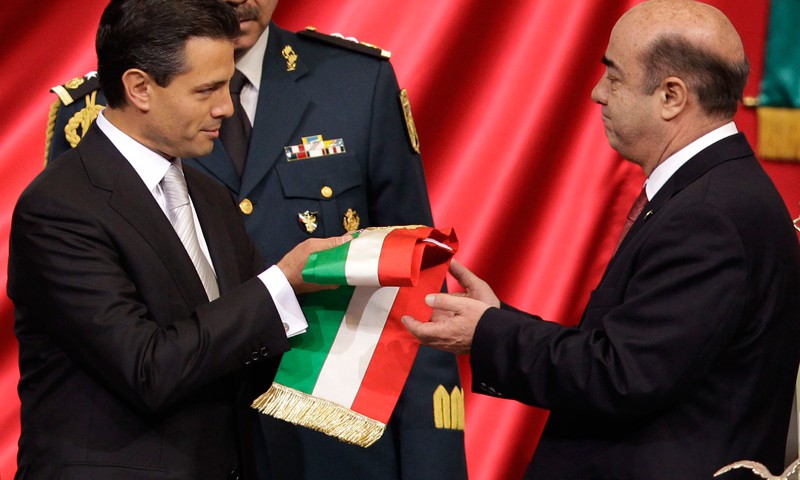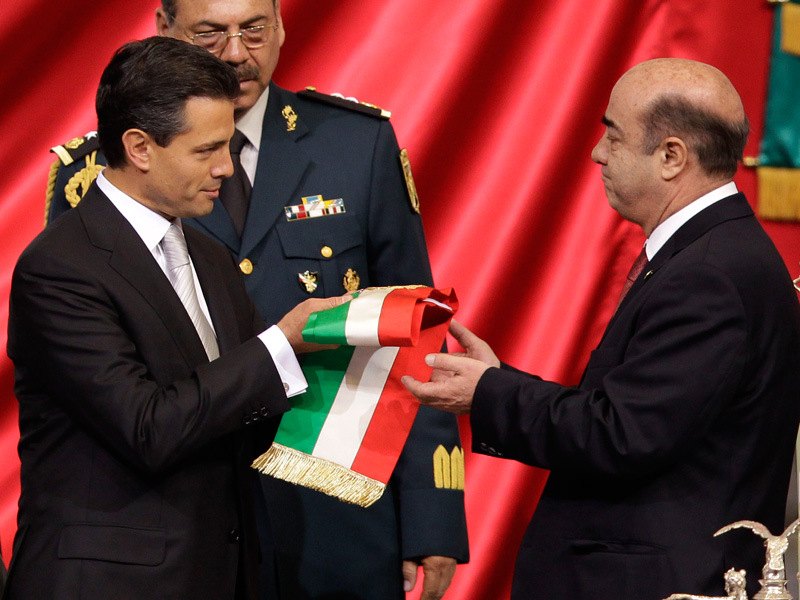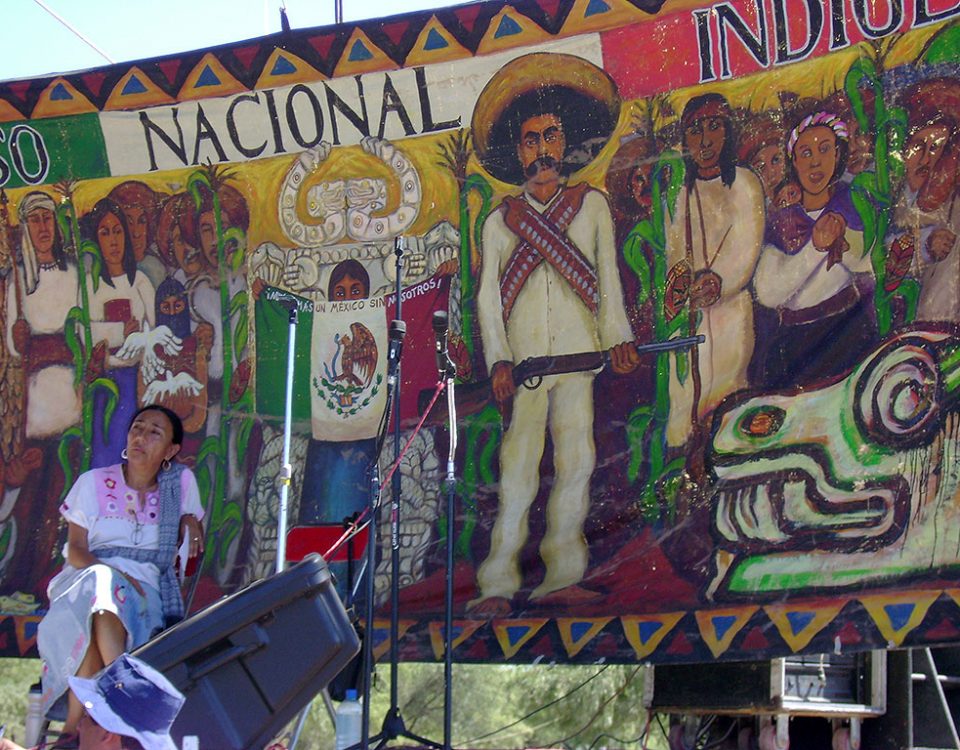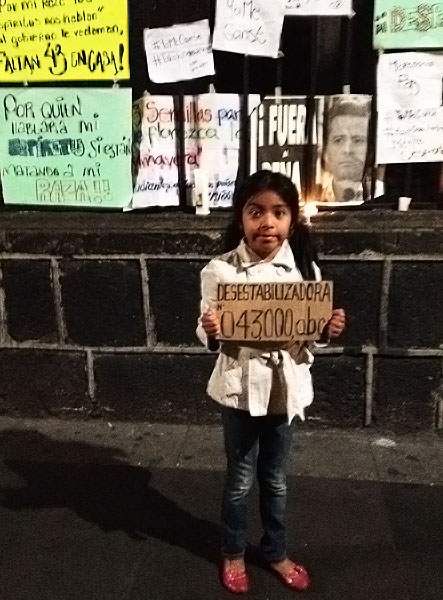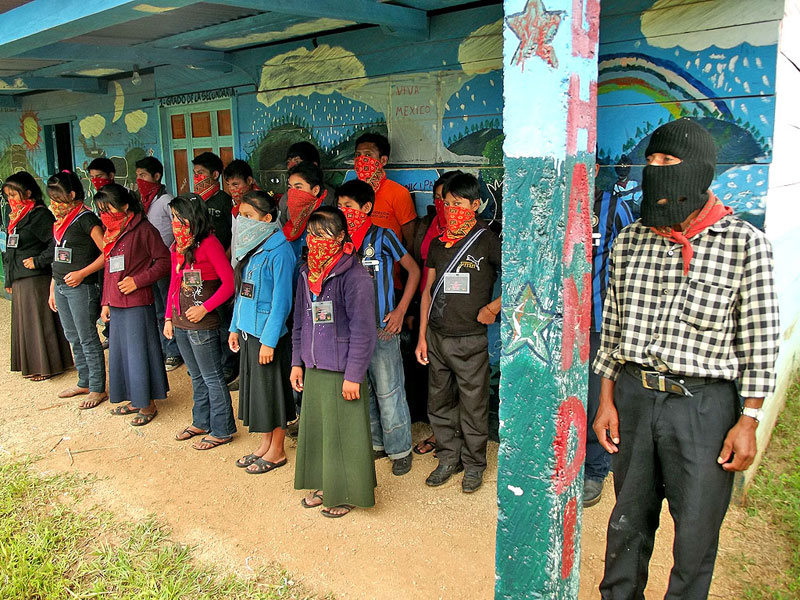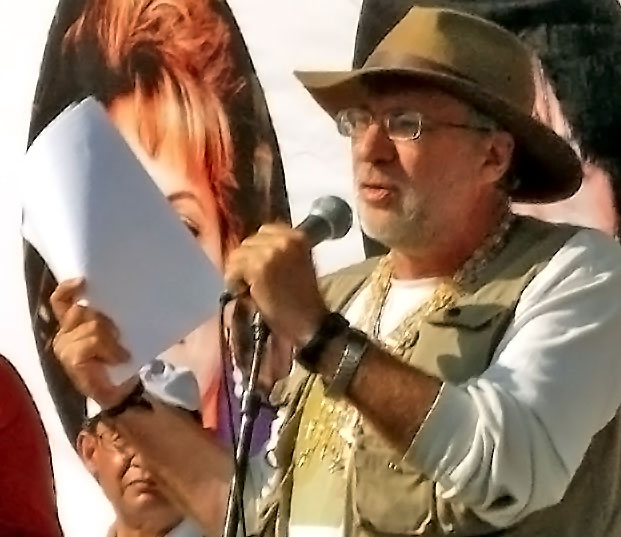2012
25/01/2013ANALYSIS : Mexico – several movements of chess-pieces in Chiapas
24/02/2013In more than one sense, 2012 was a transition year in the case of Chiapas. For the first time in this state, federal and local elections (for governor, 40 Congressmen and 122 mayors) were concurrent and held on July 1st.
After a controversial electoral process, Enrique Peña Nieto, the PRI candidate, took office as president in December. The actions that were registered during his taking of power resulted in seven hours of rioting, 105 injured (29 of whom required hospitalization), and dozens of arrests. Previously, several organizations of relatives of the disappeared and victims of violence had carried out protests throughout the country and abroad. They were denouncing the highly traumatized results brought about by the strategy used against organized crime by the outgoing President Felipe Calderon (leading to more than 70,000 deaths during his presidential mandate).
Also in December, Manuel Velasco Coello (PRI-PVEM-PANAL) became the new governor of Chiapas. He had won the gubernatorial elections in July with a large margin (more than 70% of the votes cast). To his credit, the PRI-Green also won most of the other local posts subject to a vote, including 90 of the 122 municipalities.
Taking into account the catastrophic indebtedness in which the outgoing government left the state, Velasco Coello announced that he will present a plan of austerity, reducing wages and governmental expenses at the primary level, including for his own salary. Velasco Coello mentioned the political and cultural contributions made by the EZLN and its Good-Government Councils. He also announced that he will establish a government of a citizens’ coalition, plural and inclusive although he made few appointments in the coming weeks and continued to operate with most of the team of the outgoing governor. However, in mid-December, human-rights organizations released a communique regarding the naming of the new Secretary of Public Security in Chiapas. They accused him of being the “perpetrator of arbitrary detentions, disproportionate and undue use of public force, criminal preventive detentions, death threats, torture, and other human-rights violations”.
On September 30, the mayors that were also elected on July 1 took office, though this transition did not occur without incident in Motozintla, Chicomuselo, Bejucal de Ocampo, Frontera Comalapa, Mazapa de Madero, Villacorzo, Cintalapa, Tila, and Las Rosas. Another series of conflicts and blockaders occurred to protest the exiting administrations, mainly in Villacorzo, San Juan Chamula and Teopisca.
On the other hand, just before the end of the year, on December 21, thousands of indigenous support-base members of the Zapatista Army of National Liberation (EZLN) concentrated themselves at the entrances of 5 cities in Chiapas (San Cristóbal de Las Casas, Ocosingo, Altamirano, Palenque, and Las Margaritas) before carrying out silent marches through each one. Reports spoke of 6,000 to 10,000 Zapatistas in each location. The communique released by the Zapatista General Command made reference to the rigorous silence that was maintained during the day, noting: “Have you heard? It is the sound of their world collapsing. It is the sound of ours resurging.”
On the previous day, amidst strong rumors of a Zapatista mobilization on December 21, the state government of Chiapas released 4 prisoners, 2 of them Zapatista support-base members so as to “contribute to the reduction of tensions” and the strengthening of “tolerance and peace” in the state. Part of this determination included the cancellation of a warrant against another Zapatista support-base member from Toniná, a case denounced by the JBG of La Garrucha in early December. Additionally, the state government announced “the convenience of a minimal mechanism” for communication with the Good-Government Councils, which would facilitate the prevention and resolution of any conflict that might arise.
For the remainder of the year, both the federal government and the Chiapas state government expressed comments about the mass-mobilization of the EZLN. The Secretary of the Interior declared that “they still do not know us; we hope they do not come out too soon, given that President Enrique Peña Nieto has a great commitment to the indigenous peoples.”
On December 30, shortly before the 19th anniversary of its 1994 insurrection, the EZLN released a communique and two letters, one of them directed “to whom it may concern above” and another to Luis H. Alvárez (PAN), former coordinator for the Peace Dialogue in Chiapas and former official in the Department for the Development of Indigenous People. In these new documents, the EZLN strongly criticized the different political parties, the federal government (both the former one and the new one) as well as the state and municipal governments. It said that they had all failed in their attempt to debilitate the Zapatista resistance. The communique also announced a new series of actions on its part.
Social conflicts continued unabated in 2012. Throughout the year, there were multiple denunciations from the Good Government Councils (JBG), all of them between Zapatista supporters and members of other social organizations or political parties, either due to land issues or territorial control. The most serious case was perhaps the situation in Nuevo Poblado Commante Abel, in the official municipality of Sabanilla in the north of Chiapas. The Roberto Barrios Good-Government Council (JBG) denounced that on 6 September, a group of about 55 persons carrying firearms and wearing military-type uniforms in masks forcibly invaded lands and displaced 83 Zapatista support-base members from the community. It denounced the direct participation of Noé Castañón León, secretary of Governance, in the planning and implementation of the escalation of violence in the region.
From the Highlands of Chiapas, the Las Abejas Civil Society denounced the reactivation of paramilitary groups in the Chenalhó municipality, just as it was happening in the northern zone of the state. It affirmed that the massive release of prisoners held for the Acteal massacre which began in August 2009 “has favored greatly the regrouping of these organizations, and now they have joined forces with those who were not judged: they carry firearms on the highways and in the mountains, as well as on the path to milpa and coffee-farms.”
The return of the PRI to the presidency and, via alliance, at the gubernatorial level in the state has provoked in many a fear that history will repeat, closing even more doors to the struggles seeking an end to impunity. In September, the State Department of the United States granted diplomatic immunity to former Mexican President Ernesto Zedillo, in light of the case he is faced with due to his presumed responsibility for the Acteal massacre of 1997. The Human Rights Center Fray Bartolome de Las Casas (CDHFBC) stated that this decision was an attempt to “cover not only one person but an entire counterinsurgency strategy that was applied against indigenous communities in Chiapas, as implemented by the Mexican Army, and as advised by the U.S.”.

